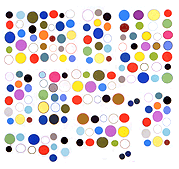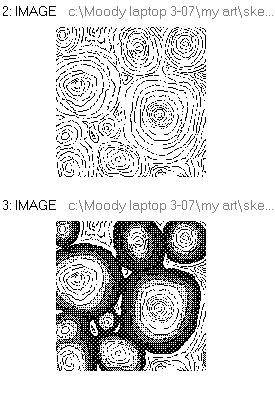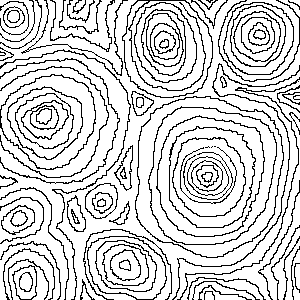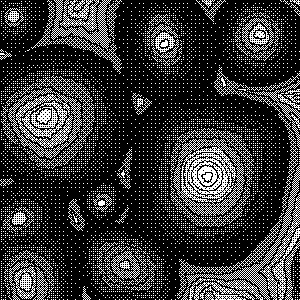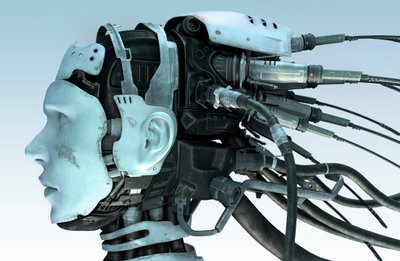If you hate Matthew Barney--and who doesn't?--you might enjoy these stills from Creamistress 6: The Centered Polenta. The artist is Carolyn Sortor.
Exculpatory compliment to Barney: the biotech surrealism of some of his sculptures and images resonates even though the films are too slow and wooden and as the Village Voice noted, editing is not their strong suit. In any case, the vids are effectively self-parodying in their arty pomposity so I hadn't considered that someone could do a brutal takeoff on them 'til seeing Sortor's video stills. (Haven't seen the vid but I almost feel the stills are enough since Barneys are just a series of stills anyway.)
Standing in for Barney is a slightly overweight middle aged man in a tutu with orange hair and ice cream cone horns--yes! At the climax he bends over and some women dominatrixes in garb recalling 2001: A Space Odyssey flight attendants' eat a birthday cake off his backside. Then a gratuitous shot of a vaginal cave entrance in the western US with Orange Hair in his civilian, tourist duds, then some psychedelic end titles. The sleek look of Barneys becomes laughably dated mis-en-scene. It's the perverse future not of a genetically altered, gender-confused mythic dystopia but the '70s high kitsch of Woody Allen's Sleeper. This is "abject Barney" done right.
